First Aid for Infants and Children: A Comprehensive Guide for Every Mother and Father

Mothers of infants and children often face sudden accidents that require quick action and immediate intervention with first aid for infants and children to prevent the consequences of injuries that may affect them.
The Importance of First Aid for Children
Home accidents are the leading cause of injuries among children aged 1–14 years, according to the World Health Organization. Every 30 seconds, a child is taken to the emergency room due to a preventable accident. Knowing first aid for infants and children is not just a useful skill—it can be the difference between life and death in critical situations.
In this comprehensive guide, we will cover everything you need to know about:
- Essential equipment for home first aid.
- Practical steps to handle emergency cases.
- Preventive tips to avoid accidents.
- When to seek immediate medical attention.
- The latest medical recommendations in this field.

1. Essential Equipment for Home First Aid
1.1. Complete list of an ideal First Aid for Infants and Children kit:
- Sterilization tools: sterile gauze, adhesive bandages of different sizes, medical tape.
- Measuring tools: digital thermometer, stopwatch.
- Basic medications: children’s paracetamol as a fever reducer, antibiotic cream, calamine lotion, bruise cream, soothing skin cream, burn cream (e.g., silver sulfadiazine).
- Emergency tools: small flashlight, CPR mask, tweezers, small scissors.
- Special supplies: oral rehydration solutions, instant cold compresses, nebulizer if your child has asthma or chest allergies.
1.2. Tips for storing the kit:

- Keep the kit in an easily accessible place but out of children’s reach.
- Check medication expiration dates every 3 months and dispose of expired ones.
- Attach a list of emergency numbers to the kit lid.
- Replace any used items as soon as possible.
2. Common Emergencies and How to Handle Them with First Aid for Infants and Children
2.1. Choking (airway obstruction):
For infants (under 1 year):
- Place the baby on your arm with the head tilted downward.
- Deliver 5 back blows between the shoulder blades with the heel of your hand.
- If the object does not come out, give 5 chest thrusts.
For older children:
- Stand behind the child and wrap your arms around the waist.
- Make a fist with one hand and place it just above the navel.
- Perform quick upward thrusts (Heimlich maneuver).
Burns
Minor burns (first degree):
- Place the burned area under cool (not ice-cold) running water for 10–15 minutes.
- Apply burn ointment such as silver sulfadiazine.
- Cover with a non-stick dressing.
Severe burns (second and third degree):
- Do not remove clothing stuck to the skin.
- Cover the area with a clean, dry cloth.
- Seek medical help immediately.
2.3. Severe bleeding:
- Apply direct pressure on the wound with a clean dressing.
- Elevate the injured part above heart level if possible.
- Continue applying pressure until bleeding stops.
- Do not remove a soaked bandage—place another on top.
3. Special Medical Conditions Requiring Advanced Knowledge
3.1. Febrile seizures:
- Place the child on their side in a safe area.
- Remove any hard objects nearby.
- Do not try to stop the seizure or put anything in the mouth.
- Check temperature after the seizure ends.
- Call emergency services if the seizure lasts longer than 5 minutes.
3.2. Drug poisoning:
The first role in First Aid for Infants and Children is to stay safe first. Always store medicines away from children. If a child ingests medicine accidentally:
- Identify the drug and the amount taken.
- Do not induce vomiting unless instructed by a doctor.
- Keep the medicine container to show the doctor.
- Call the poison control center immediately.
4. Prevention Is Better Than Cure: Accident Prevention Tips

4.1. Age-specific tips:
For infants (0–1 year):
- Never leave the baby unattended on elevated surfaces.
- Use safety gates for stairs.
- Always check milk temperature before feeding.
For children (1–5 years):
- Secure heavy furniture to the wall.
- Use locks for drawers and cabinets.
- Store chemicals in high places.
5. When to Seek Immediate Medical Attention?
Warning signs requiring urgent medical care in First Aid for Infants and Children:
- Loss of consciousness for any duration.
- Difficulty breathing or bluish lips.
- Bleeding that does not stop after 10 minutes of direct pressure.
- Repeated vomiting or vomiting with blood.
- Stiff neck with high fever.
- Febrile seizures lasting more than 5 minutes.
Frequently Asked Questions (FAQ)
1. What is the difference between first aid for infants and children with older ages?
Infants have a more fragile body:
- Softer bones.
- Narrower airways.
- Weaker immunity.
This requires gentler techniques, like light back blows instead of the Heimlich maneuver.
2. How do I know if a burn needs medical care?
Seek medical help if:
- It covers more than the size of the child’s palm.
- It has large blisters.
- It causes paleness or breathing difficulty.
- It is on the face or joints.
3. Why choose Pharmasista Pharmacy for first aid supplies?
- Ministry of Health-approved products.
- Specialized pharmacists for consultation.
- Competitive prices with member discounts.
- Fast delivery within 24 hours.
- Product return and exchange guarantee.
- Customer follow-up after purchase.
- Genuine products from global companies.
- 24/7 customer service.
Finally, always stay prepared first aid for infants and children is a skill that may save your child’s life one day. Dedicate 30 minutes each month to review:
- The contents of your first aid kit.
- Medication expiration dates.
- Emergency contact numbers.
- Basic first aid skills.
Share your experience! Have you ever faced an emergency with your child? How did you handle it? Leave a comment or visit Pharmasista to learn more about first aid for infants and children.
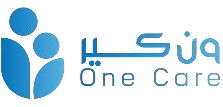
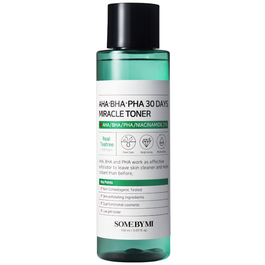 Skin exfoliation products
Skin exfoliation products
 Skin moisturizing products
Skin moisturizing products
 Skin cleansers
Skin cleansers
 Sun protection products
Sun protection products
 Skin whitening products
Skin whitening products
 Skin serums
Skin serums
 Korean skin care products
Korean skin care products
 Skin masks
Skin masks
 Natural skin care products
Natural skin care products
 Skin care tools
Skin care tools
 Skin care vitamins
Skin care vitamins
 Shampoo
Shampoo
 Hair cream bath and masks
Hair cream bath and masks
 Hair styling products
Hair styling products
 Hair oils and serums
Hair oils and serums
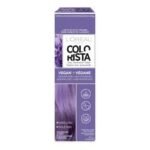 Hair dyes
Hair dyes
 Hair treatments
Hair treatments
 Natural hair products
Natural hair products
 Hair styling devices
Hair styling devices
 Hair care vitamins
Hair care vitamins
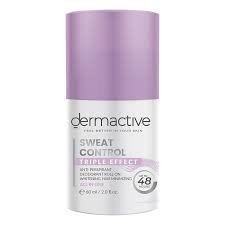 Deodorants
Deodorants
 Body and shower care
Body and shower care
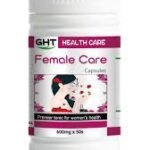 Women’s care products
Women’s care products
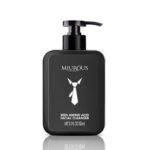 Men’s care products
Men’s care products
 Sexual health
Sexual health
 Teeth whitening products
Teeth whitening products
 Mouth fresheners
Mouth fresheners
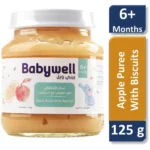 Toothbrushes
Toothbrushes
 Baby bottles
Baby bottles
 Pacifiers
Pacifiers
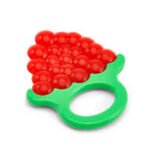 Teethers
Teethers
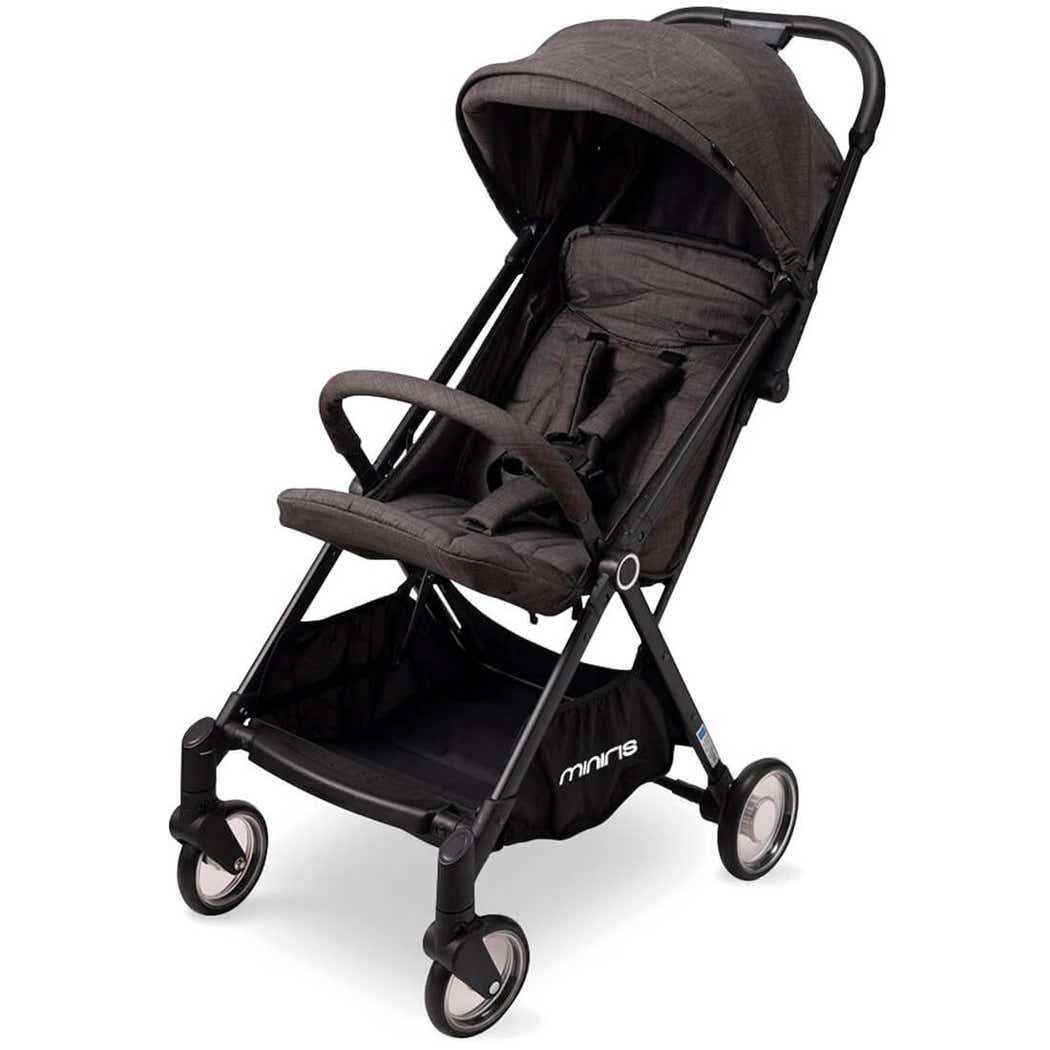 Baby strollers
Baby strollers
 Baby toys
Baby toys
 Baby carriers
Baby carriers
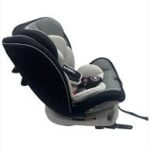 Car seats
Car seats
 Baby walkers
Baby walkers
 Baby rockers
Baby rockers
 Baby beds
Baby beds
 Baby hygiene care
Baby hygiene care
 Skin care for babies
Skin care for babies
 Diapers
Diapers
 Perfumes for babies
Perfumes for babies
 Women’s perfumes
Women’s perfumes
 Men’s perfumes
Men’s perfumes
 Unisex perfumes
Unisex perfumes
 Oriental perfumes
Oriental perfumes
 Luxury perfumes
Luxury perfumes
 Hair perfumes
Hair perfumes
 Air fresheners
Air fresheners
 Gift sets
Gift sets